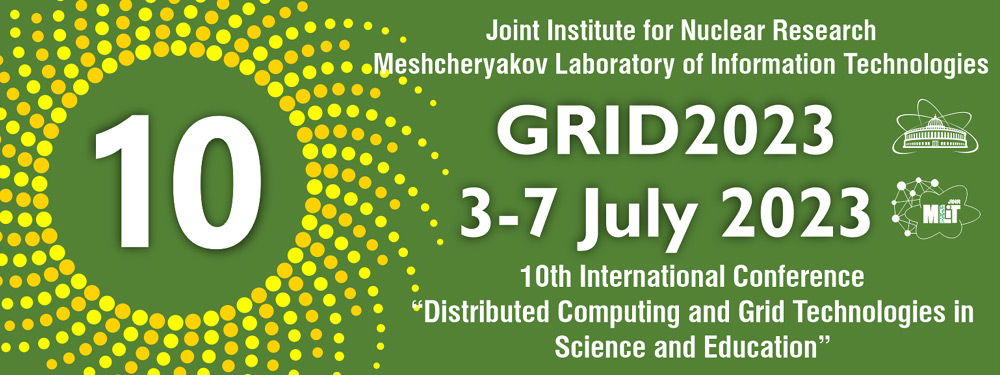Speaker
Description
Bioinformatics is the area that develops methods and software tools for understanding of biological data, which includes sequence analysis, gene and protein expression, analysis of cellular organization, structural bioinformatics, data centers etc. A new and more general direction is to consider bioinformatics as informatics on the bases of nanobioelectronics and biocomputer technologies.
DNA molecular is an important example of data storage and biocomputing. Performing millions of operations simultaneously DNA – biocomputer allows the performance rate to increase exponentially. The limitation problem is that each stage of paralleled operations requires time measured hours or days. To overcome this problem can nanobioelectronics [1]-[3].
The central problem of nanobioelectronics is the realization of effective charge transfer in biomacromolecules. The most promising molecule for this goal is DNA. Computer simulation of charge transfer can make up natural experiment in such complex object as DNA. Such processes of charge transport as Bloch oscillations, soliton evolution, polaron dynamics, breather creation and breather inspired charge transfer are modeled. The supercomputer simulation of charge dynamics at finite temperatures is presented. Different molecular devices based on DNA are considered. These make the basis for solution of informatics problems on biomolecular technologies.
References
[1] V.D. Lakhno, DNA Nanobioelectronics, Int. J. Quantum Chem, v.108, p. 1970-1981, 2008
[2] V.D. Lakhno, Theoretical basis of Nanobioelectronics, EPJ Web of Conferences, 226, 01008, 2020
[3] V.D. Lakhno, A.V. Vinnikov, Molecular devices based on DNA, MBB, v. 16, p. 115-135, 2021

